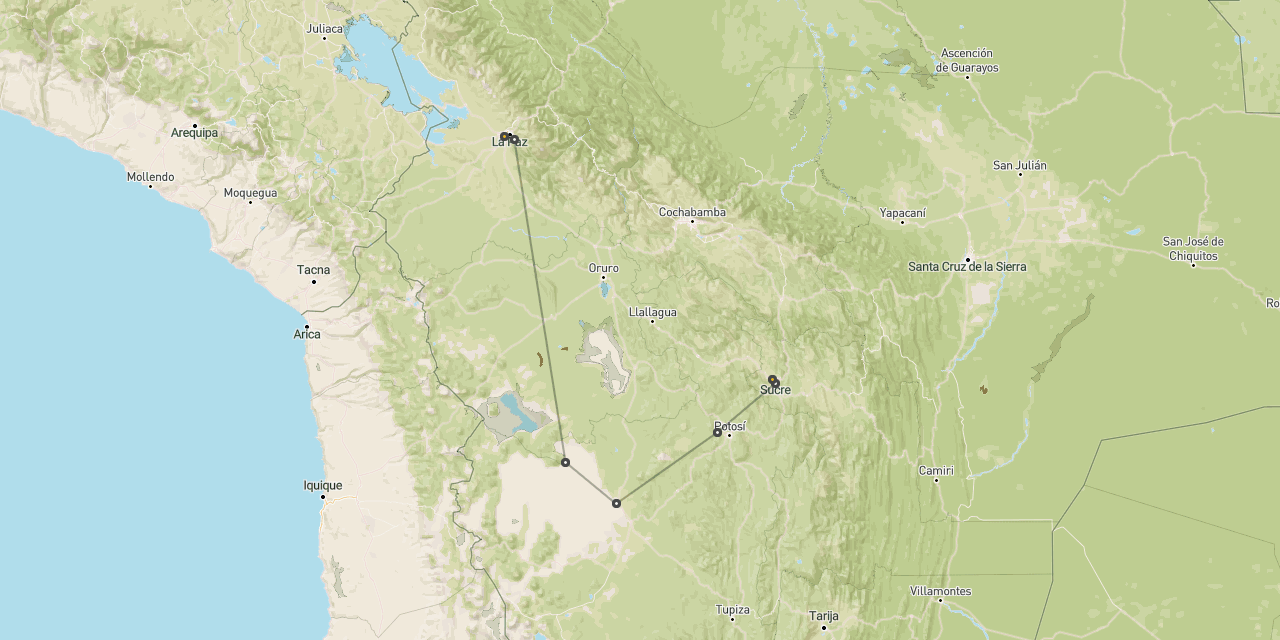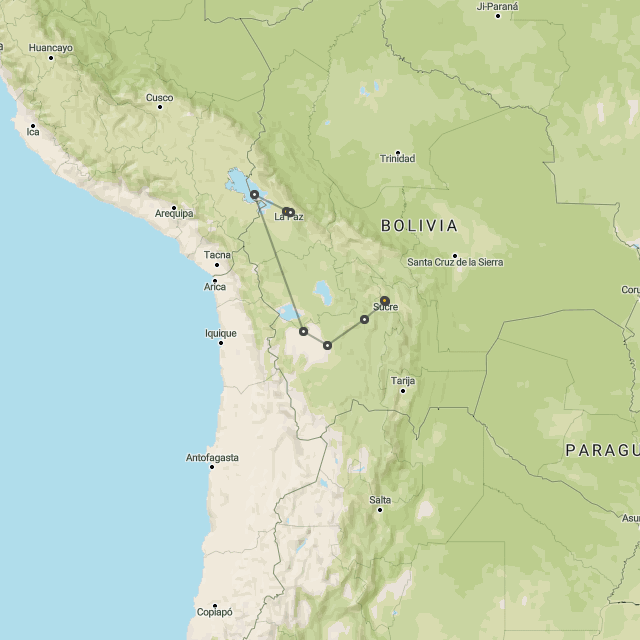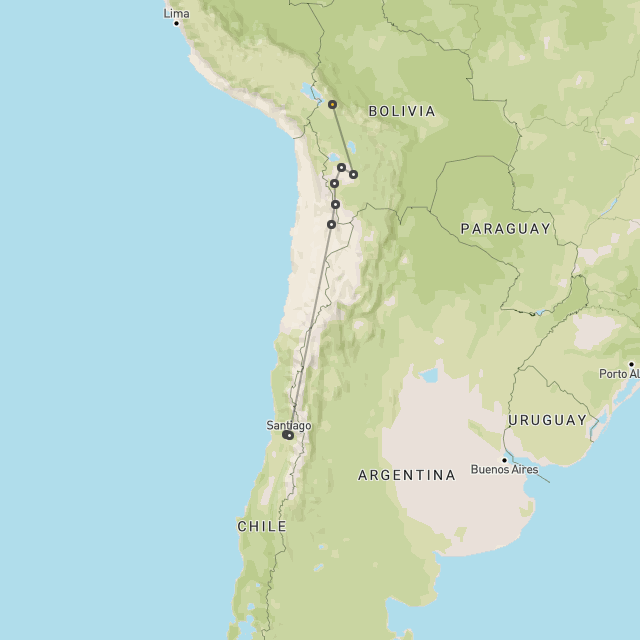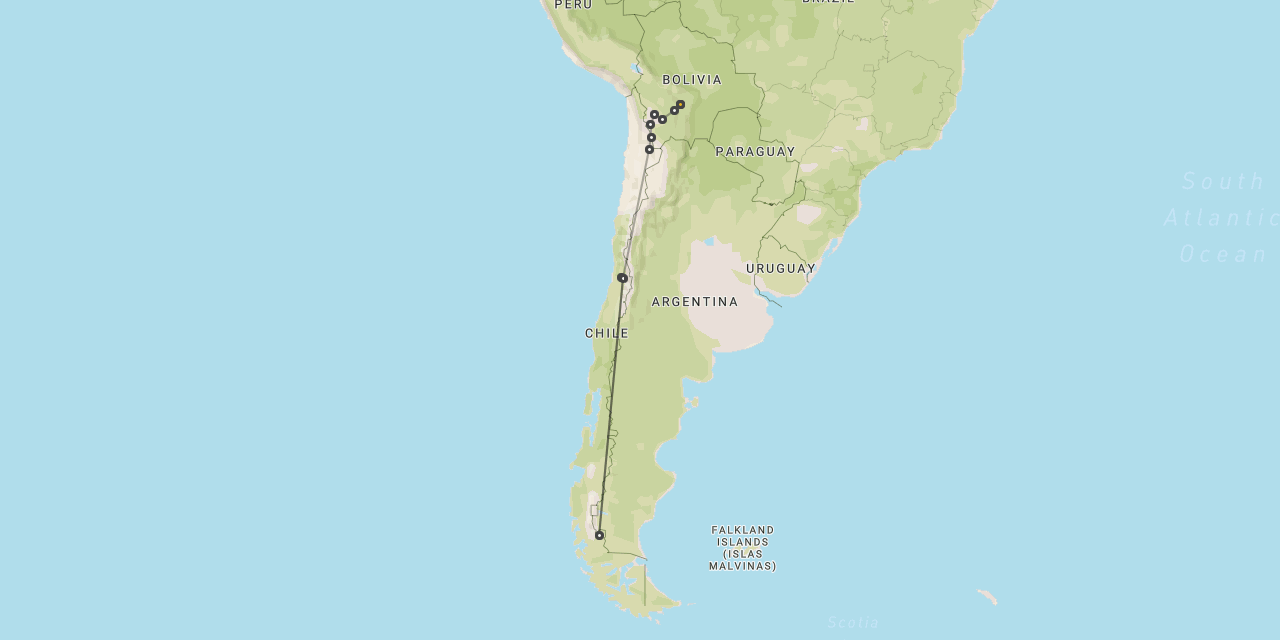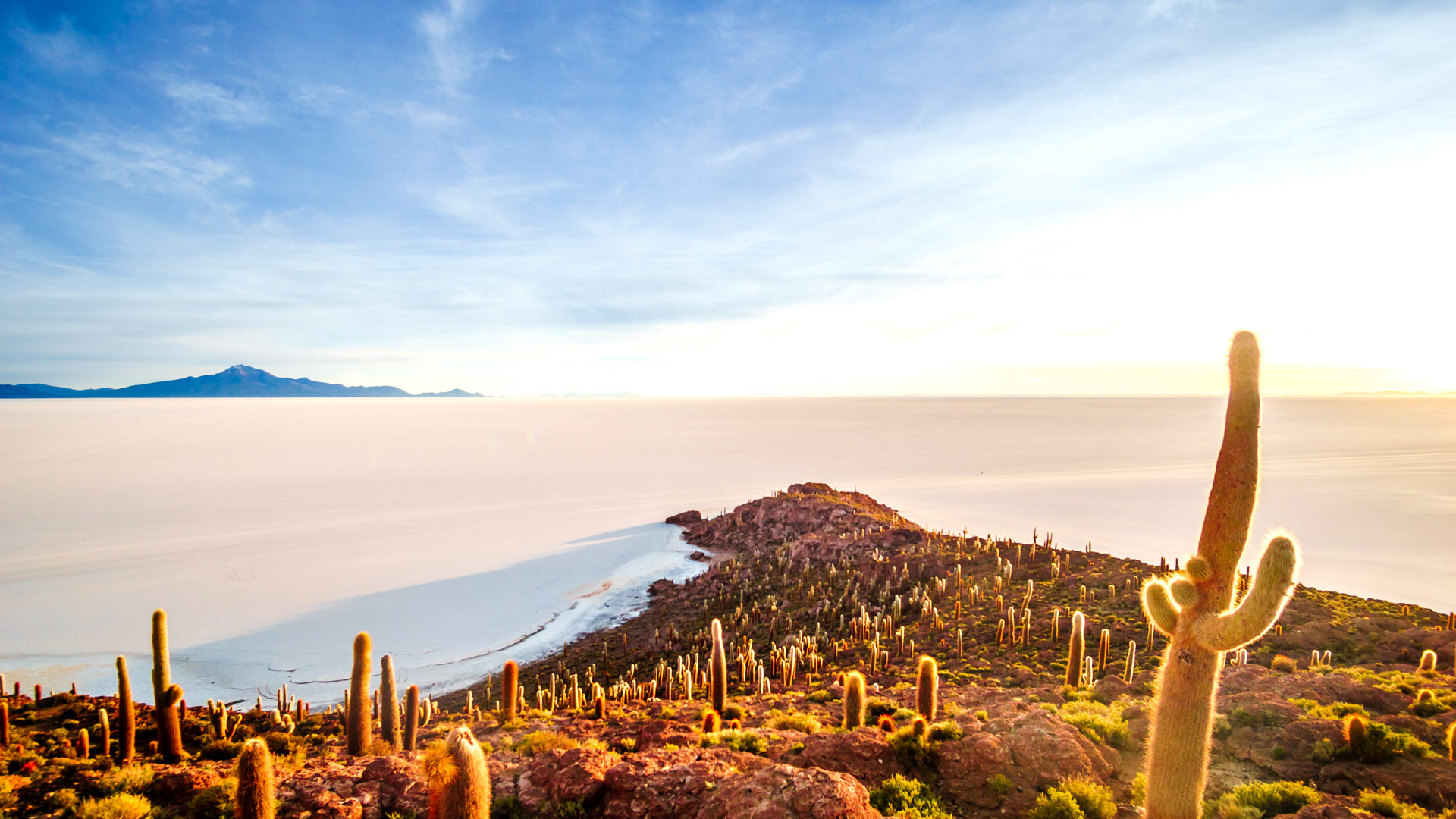
Safari in Salar de Uyuni
Salar de Uyuni
is a vast and stunning salt pan
high in the Andes Mountains
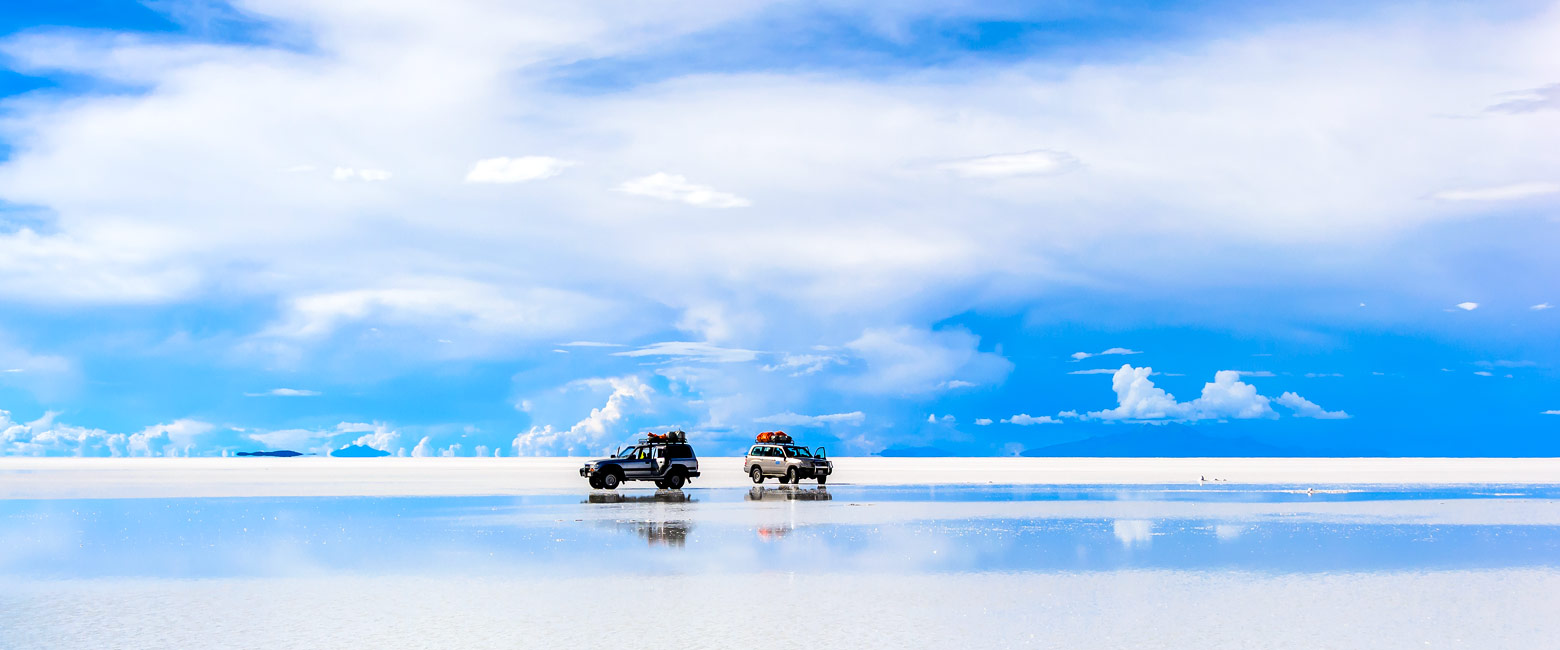
the largest salt pan in the world
Set on the high Andes altiplano in the southwest of Bolivia, Salar de Uyuni is a truly enormous salt pan, one of the most truly extraordinary places on the continent.
The high altitude scenery here is magnificent, with the burning whiteness of the vast pan, encircled by stark rocky hillsides and towering snow-capped volcanoes, under a relentlessly clear blue sky. If the noticeably thin air hasn’t already taken your breath away, then these landscapes surely will.
At around 10,582 square kilometres (4085 square miles), Uyuni is the largest salt pan in the world. It is comprised of 1-10 metres of salt crust, below which lies a lake of brine, which is unusually rich in lithium.
In fact the lake is thought to contain 50-70% of the known reserves of lithium in the world and, given the increasing importance of this metal in modern battery technology, it’s widely reckoned that the Bolivians are sitting on a metaphorical gold mine, one which could power their economy for decades into the future (as silver and tin did in the past). But for the moment only a very limited amount of salt extraction is operated by a small cooperative organisation.
These salt flats were formed some 40,000 years ago, when geological shifting created a mountain basin without any natural outlets, causing rainfall to pool into shallow lakes, from which the water was evaporated to leave behind the mineral crust.
Out in the middle of the flats there are several small islands, which feature interesting coral-like structures and fossils, as well as being home to large cactus plants.
During Jan-Apr, as well as occasional rainfall, the Salar de Uyuni is fed by outflow from Lake Titicaca, around 300 km to the north, via the saline Lake Poopó.
At this time the pan forms into a shallow lake which is so incredibly large and flat that satellites use it to calibrate their altimeters. The mirrored surface provides some remarkable opportunities for photography and travellers are constantly coming up with creative new ways to take advantage of the illusions of perspective that can be achieved.
Salar de Uyuni features in virtually every trip to Bolivia and there are some genuinely interesting accommodation options here, including hotels built of salt, geodesic domes and even Airstream camper vans.
There are sufficient points of interest to easily warrant a stay of two to three nights.
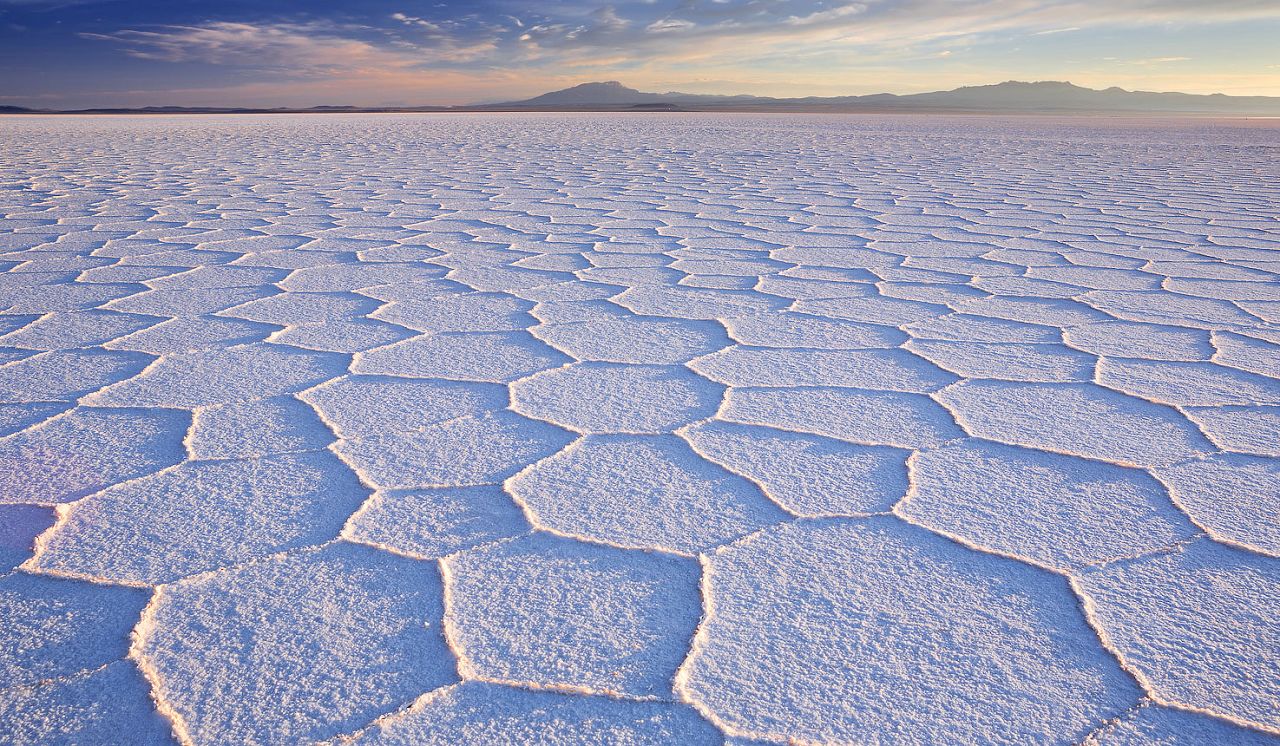
Gallery
Map
The best time to visit Salar de Uyuni is a little complicated, but let’s start by discussing the weather …
Salar de Uyuni has a cold desert climate, similar to that of other locations in the Atacama (San Pedro, Eduardo Avaroa, Sajama and Lauca), but with slightly more rain along the eastern fringes during Dec-Mar.
There are three clearly defined seasons …
Winter
During the May-Sep winter the weather is usually cold and very dry. Average daytime temperatures usually manage to reach around 14C/57F, with nighttime lows plunging to around -11C/12F, with regular frosts and snow cover at altitude. Average sunshine remains high at around 8 hours per day.
Since there is virtually no rainfall throughout the period, the pans surface is encrusted and can be driven across, so all areas are accessible.
The Jul-Aug period is peak season for visitors, so it’s best to avoid that if you can.
Early summer
During the Oct-Dec summer conditions are usually relatively warm and very dry, with lots of sunshine. Average daytime temperatures usually reach around 20C/68F, with nighttime lows holding up around -3C/27F. Average sunshine is up around 8-9 hours per day (around 75% of daylight hours.
With rainfall rising slightly through the period to around 25mm (1”) per month, the crust of the pan usually starts to soften through this period, but most areas usually remain accessible.
The late December period is peak season for visitors, so it’s best to avoid that if you can.
Late summer
During the Jan-Apr summer conditions are usually relatively warm and very dry, with lots of sunshine. Average daytime temperatures usually reach around 19C/66F, with nighttime lows holding up around 1C/34F. With more overcast skies, average sunshine drops to around 7-8 hours per day (55% of daylight hours).
With rainfall rising to around 75mm (3”) per month in Dec-Mar, possibly accompanied by floodwater arriving from Lago Titicaca, the salt flats (or at least a portion of them) are likely to pool into a shallow lake, creating the famous mirror effect that so commonly features in images of the area. But with the salt crust becoming soft, it’s often not possible to access large parts of the pan and in the Uyuni area it becomes illegal to go further than 15km from the shoreline.
The first week in January continues to be peak season for visitors, so it’s best to avoid that if you can.
Getting there
We most commonly include Salar de Uyuni as part of a private guided overland safari between La Paz in Bolivia and Santiago in Chile. From La Paz we optionally first route south to the Sajama and Lauca areas for wildlife viewing and Aymara culture, before heading down to Salar de Uyuni. From there we continue south, down through Eduardo Avaloa, then crossing into Chile to end at San Pedro de Atacama, flying on to Santiago.
Instead of heading south from Salar de Uyuni, it’s also possible to head east to the famous mining town of Potosi and on to the relaxed old capital of Salta, from where you can fly back to La Paz.
It’s also possible to fly from La Paz direct to Salar de Uyuni. This tends to be most commonly done when adding the area onto a Peru trip, arriving either by air from Cuzco or by road from Lago Titicaca.
Where to stay
The various accommodation options in Salar de Uyuni can be subdivided into three areas …
The eastern side, around the towns of Uyuni and Colchani is by far the most busy area, being served by an airport, a railway station and the main bus services from La Paz and Salta. However there are places of interest on this side, notably the railway graveyard and the salt extraction works. There are three hotels built of salt along the edge of the pan in the Colchani area, two of which are rather large and commercial, but Hotel de Sal Luna Salada is pleasant enough, so we sometimes use that as an overnight stop.
On the northern side there is a much smaller cluster of accommodation options around the foot of the mother volcano Cerro Tunupa, one of which is Kachi Lodge, by far the best and most upmarket property in the area. In an ideal world we love to include two or even three nights here, they offer some rather cool activities, which the property delivers with great polish. But with there only being six rooms, availability can be tight. It’s also rather pricey, so not suitable for some trips. A simpler and lower cost option here is Hotel Tayka de Sal.
On the southern side of the pan there are no substantial lodges, but there are two really nice community-operated guest-houses, which offer a genuinely interesting cultural experience, as well as providing access to further low key activities in that area. These lodges are Hotel Takya de Piedra and Jukil Community Lodge.
We usually like to split our time in the area between two lodges, on either side of the pan, either south and north or south and east.
a major focus of almost all trips to Bolivia
let us know your thoughts about Bolivia
and we will help you create the perfect trip
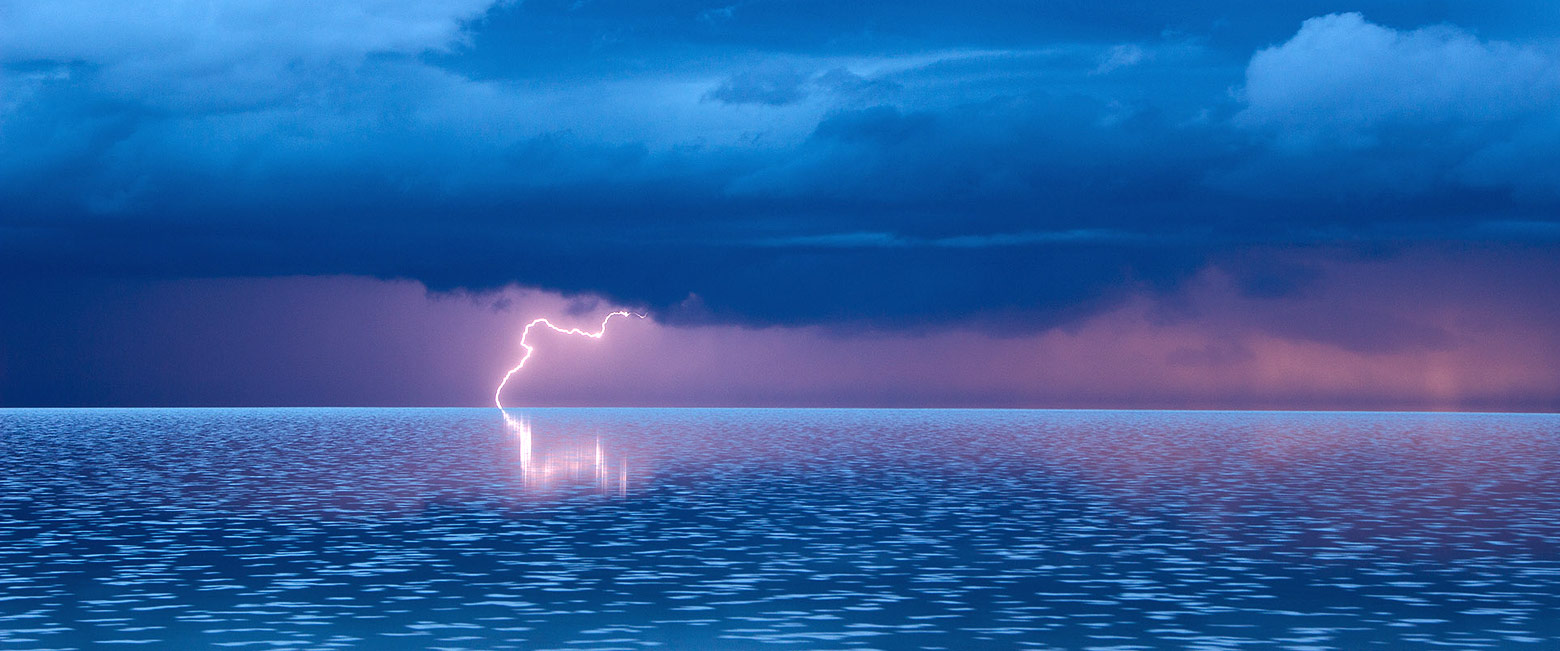
Extraordinary tailor-made adventures,
from earthy and edgy to easy and extravagant
From around USD 2500 per person, you set the ceiling
Sample Trips
Here are some of our popular trip shapes

Get started on your trip
It’s never too soon to get in touch, we are here to help with every stage of your planning.
Best Lodges
We regularly inspect and photograph all of the the best lodges, to ensure that we always recommend the most suitable options
Key Locations
Take a look around related locations. Click ‘View more’ to explore locations further afield.
Where Next?
Where Next?
We offer trips to dozens of fabulous countries.
Might one of these might be your next great adventure?

Please rotate your screen.











